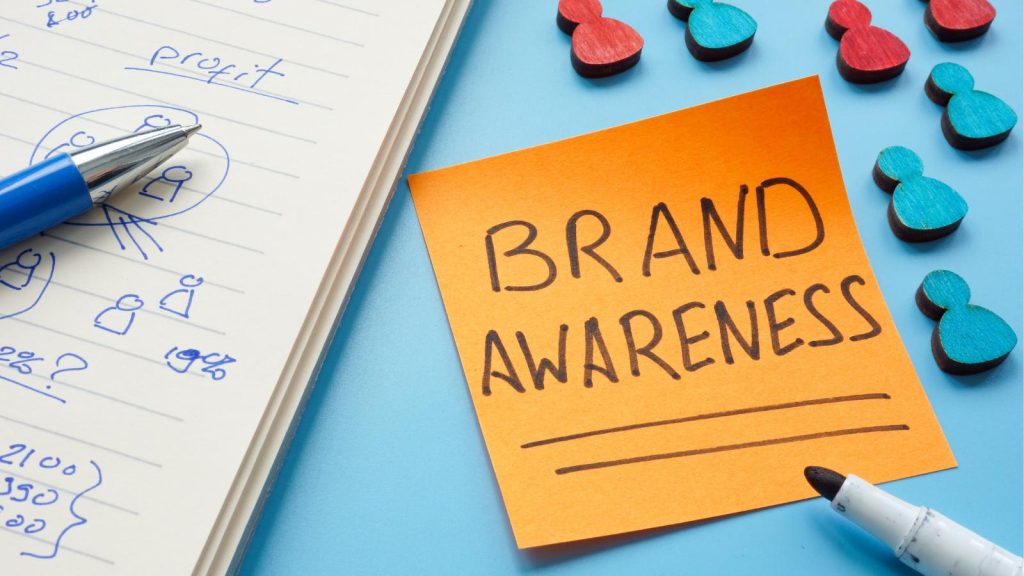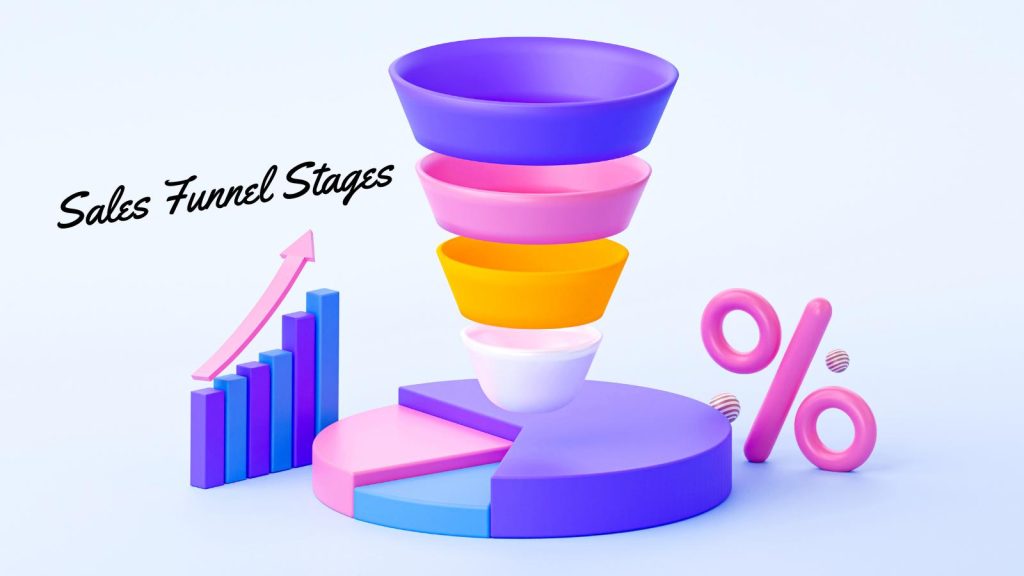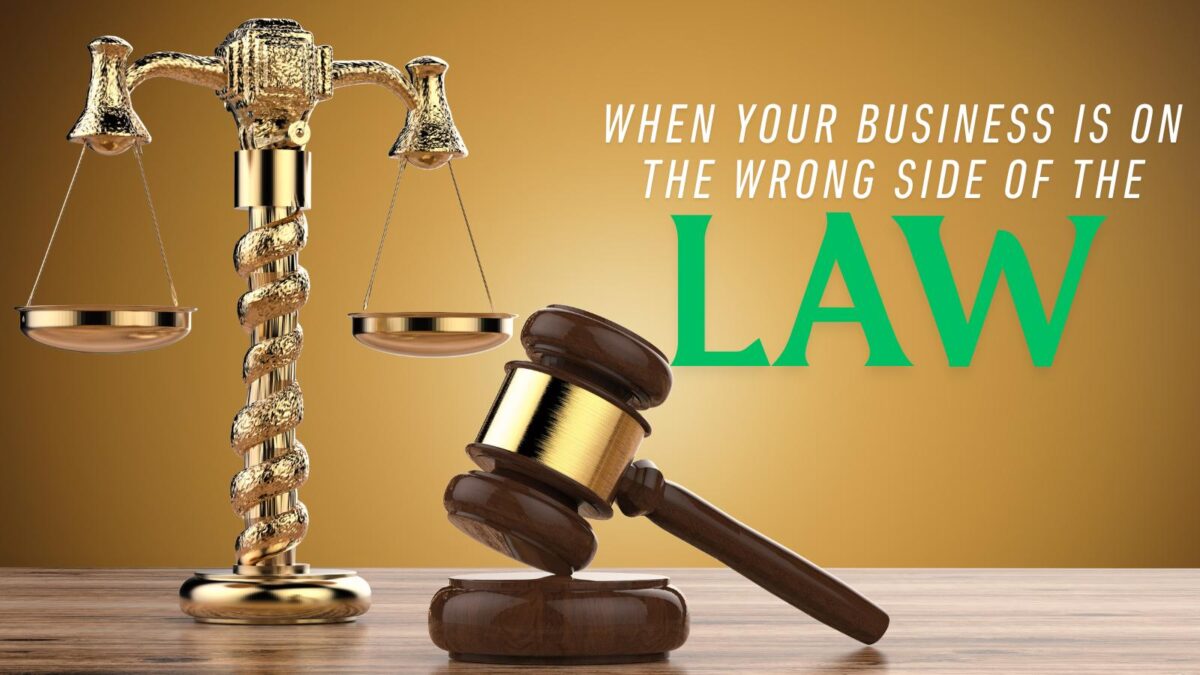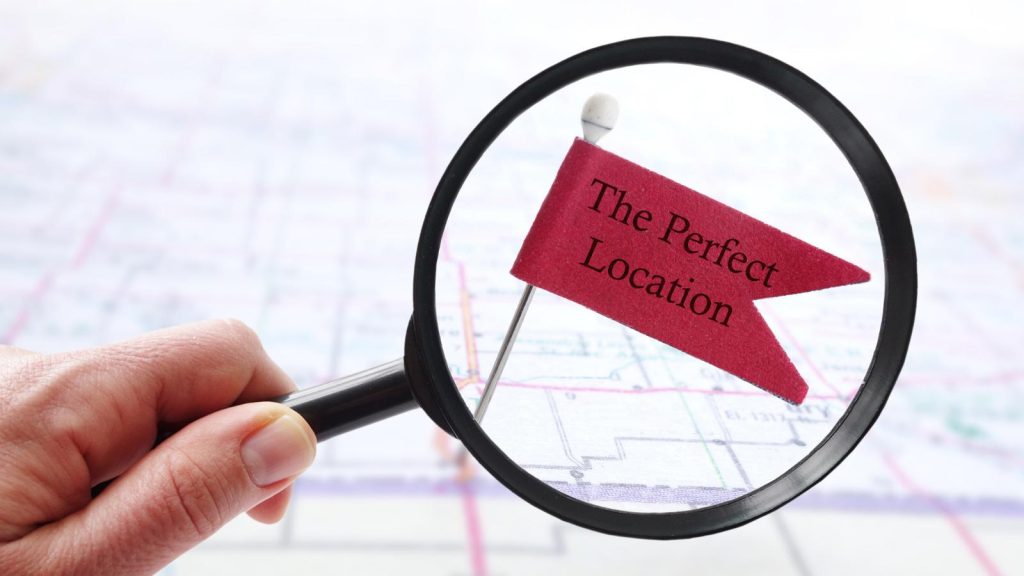How effective are your sales funnel stages, and why is it so important? The sales funnel is the journey of the customer from the very first instance they become aware of you to the completed sale.
You need to entice the customer in and then deliver good value and service until they reach the end, hopefully resulting in a sale; otherwise, you are losing them due to gaps in your strategy.
But the most essential part is directing the theme into your funnel in the first place. Much like sheep dogs herd sheep into their pen, you need to usher protective customers into your vicinity to share your business with them and notice them make a sale.
Your sales funnel begins with that very first impression. This can occur through word of mouth from employees, from your company’s actions and reputation as a business, or even a person, or simply by chance.
And you need to make sure you are making the right first impression at every entry point.
Table of Contents
What Are The Stages of a Sales Funnel?
Understanding each of the sales funnel stages can greatly assist you in optimizing your sales process. The sales funnel consists of four key stages: awareness, interest, decision, and action.
During the awareness stage, potential customers become aware of your product or service. In the interest stage, they show a genuine interest and seek more information.
The decision stage is where they evaluate their options and decide whether or not to make a purchase.
Finally, in the action stage, they take the desired action and become paying customers.
By comprehending these stages, you can tailor your marketing strategies and effectively guide customers through the funnel, ultimately increasing your sales and conversions.

Branding Creates Awareness – First of the Sales Funnel Stages
Your branding needs to be consistent with your company, logo, and values; if you don’t have strong branding in place, you won’t be able to capture the attention of customers, much less do business with them.
So before you start making any plans about how you will make a profit, look at how attractive your business looks to outsiders and the current impact you are having.
Get feedback on what is working and make the applicable changes in the first of the sales funnel stages.
Marketing Creates Interest in the Decision Stage
No longer do you need to cast your net into the big wide ocean and hope for a bite? These days many digital strategies can direct your marketing budget to the right people in the correct mediums.
The success of your marketing plan is heavily based on targeting the right markets in the right way.
Be it via radio ads, print billboards, social media marketing, magazine ads, search engine optimization, and more.
Therefore, you must ensure your target audience is receptive to each method you use to provide effective results in the second of the sales funnel stages.
Sales Funnel Example
Let’s say your target audience is females in their early 30s who need help managing a busy life. You need to direct your marketing to them where they will likely be.
This can be via social media on Facebook, Pinterest, and YouTube as these channels have large audiences in this demographic, likewise with young males interested in health and fitness.
TikTok and Instagram are your go-to social media platforms as well as advertising in men’s health magazines and websites via PPC methods.
Reputation Entices Action
Your reputation will play a massive part in whether or not people are enticed to your business. It doesn’t matter how effective the sales pattern is; they will not become a customer or if your reputation is less than stellar.
Remember, first impressions are made at the first point of contact with your business.

And if this is via a review online, a scathing attack on your employment from current or previous employees, or they heard from family and friends your products or services didn’t live up to expectations, then you have failed at the first hurdle.
Step back and take a look at how or why you might be gaining a good reputation and put changes in action to work on this and improve your personal and company image.
Conclusion of Implementing The Sales Funnel Stages
To summarize, the sales funnel stage consists of four main stages: awareness, interest, decision, and action. Each stage represents a unique opportunity to engage with potential customers and guide them toward making a purchase.
By implementing the right marketing strategies that align with the specific goals and characteristics of each stage, businesses can maximize their online visibility and attract qualified leads.
FAQS: Sales Funnel Stages
What are the 4 stages of the sales funnel?
The 4 stages of a sales funnel include awareness, interest, decision, and action.
What is a sales funnel?
It’s a marketing method to capture the journey that potential clients will go through before making a purchase from a company or store.
Is a b2b sales funnel different from a b2c funnel?
A b2b sales funnel can take much longer than a b2c funnel. A b2b sales funnel is more complex and you will spend more time to complete it.
Is there sales funnel software to aid you in the process?
Yes, there are various sales funnel software that can help you to optimize your pipeline and automate the process of the sales funnel stages.
Can a sales funnel template help you with the sales funnel stages?
Yes, it is a chart that can help you communicate the sales funnel stages to your team and increase the productivity of obtaining your ideal customer.
What are sales funnel metrics?
Sale funnel metrics include KPIs to track and measure the conversation rates of customers. It can reveal the effectiveness of your team’s marketing and sales performance.




